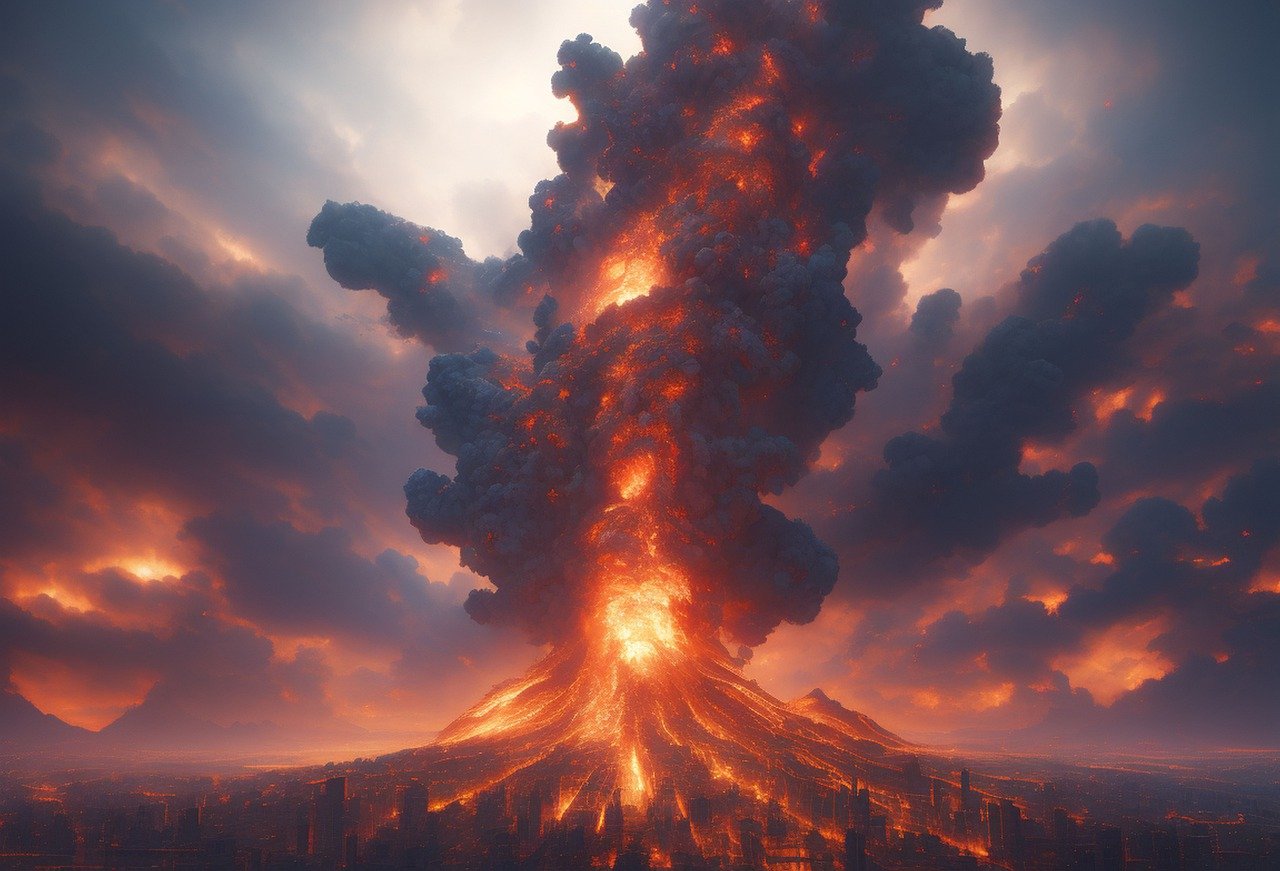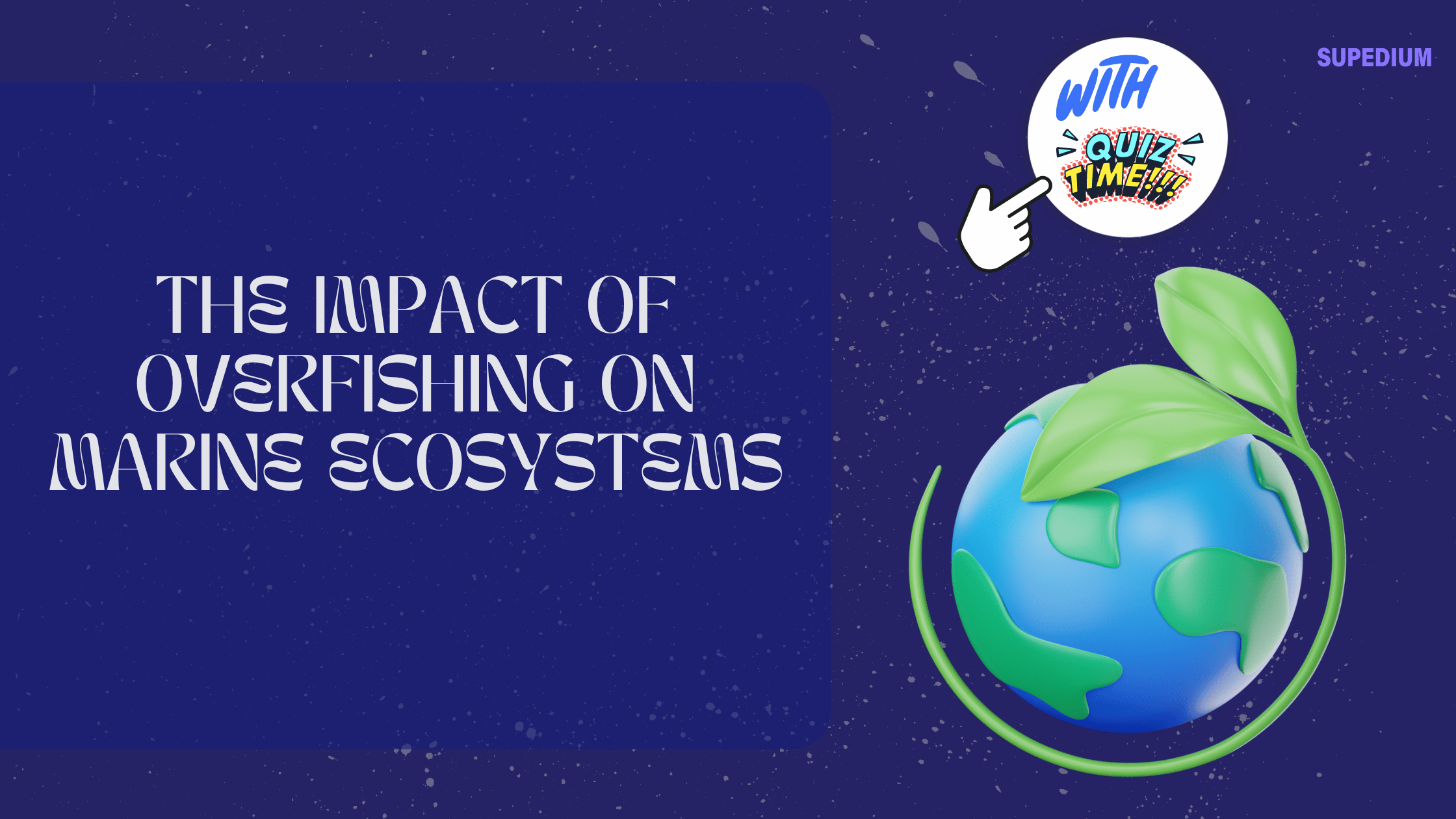Table of Contents
![]()
Introduction
Volcanoes are natural geological formations that arise from the movement of molten rock from beneath the Earth’s crust to its surface. They play a crucial role in shaping the Earth’s landscape and can have significant impacts on both the environment and human populations. Understanding the largest volcanoes on Earth not only provides insight into their colossal size and power but also highlights their potential effects on our world.
Classification of Volcanoes
Volcanoes come in several types, each with distinct characteristics:
- Shield Volcanoes: These volcanoes have broad, gently sloping sides formed by the eruption of low-viscosity basaltic lava that flows easily over long distances.
- Stratovolcanoes (Composite Volcanoes): Stratovolcanoes are characterized by their steep, conical profiles built up from alternating layers of lava flows, volcanic ash, and volcanic rocks.
- Cinder Cones: These are the smallest type of volcanoes, with steep slopes formed from volcanic debris ejected during eruptions.
- Lava Domes: Formed from viscous lava that piles up near the vent, resulting in a dome-shaped hill or mound.
When measuring the size of volcanoes, criteria include height, volume, and caldera size (a large crater formed by a volcanic explosion or collapse).
Major Large Volcanoes on Earth
- Shield Volcanoes
- Mauna Loa (Hawaii, USA) Mauna Loa, located on the Big Island of Hawaii, is the largest volcano on Earth in terms of volume and area covered. Rising about 13,681 feet (4,170 meters) above sea level, Mauna Loa extends across approximately 2,035 square miles (5,271 square kilometers). Its massive size is due to repeated eruptions of fluid basalt lava that spread over vast distances. Mauna Loa’s most recent eruption occurred in 2022, showcasing its ongoing activity.
- Mauna Kea (Hawaii, USA) Neighboring Mauna Loa is Mauna Kea, another immense shield volcano. Although its summit is slightly lower at 13,796 feet (4,205 meters) above sea level, Mauna Kea’s total height from its base on the ocean floor to its summit is approximately 33,500 feet (10,210 meters), making it taller than Mount Everest when measured from base to summit. Its eruptions are less frequent compared to Mauna Loa, with the last major eruption occurring about 4,500 years ago.
- Olympus Mons (Mars) While not on Earth, Olympus Mons provides a fascinating comparison. This shield volcano on Mars stands about 69,000 feet (21,000 meters) high and spans approximately 370 miles (600 kilometers) in diameter, making it the tallest and widest volcano in the solar system. Its immense size is attributed to the lower gravity and lack of tectonic plate movement on Mars, which allows lava to accumulate without shifting.
- Stratovolcanoes
- Mount Fuji (Japan) Mount Fuji, an iconic stratovolcano, is the highest peak in Japan, standing at 12,388 feet (3,776 meters). Its symmetrical, conical shape is a result of frequent explosive eruptions and lava flows. The most recent major eruption occurred in 1707, known as the Hōei Eruption. Mount Fuji is an important cultural symbol in Japan and a popular destination for climbers and tourists.
- Mount Vesuvius (Italy) Located near Naples, Mount Vesuvius is renowned for its catastrophic eruption in 79 AD that buried the Roman cities of Pompeii and Herculaneum. Rising 4,203 feet (1,281 meters) above sea level, Vesuvius is one of the most dangerous volcanoes in the world due to its proximity to densely populated areas. Its eruptions are characterized by violent explosive activity and pyroclastic flows.
- Mount St. Helens (USA) Mount St. Helens, located in Washington State, erupted dramatically in 1980, reducing its height by about 1,300 feet (400 meters) and creating a large crater. Originally standing at 9,677 feet (2,950 meters), its current height is approximately 8,366 feet (2,550 meters). The eruption was one of the most significant volcanic events in U.S. history, characterized by a massive lateral blast and pyroclastic flows.
- Other Notable Large Volcanoes
- Krakatoa (Indonesia) The 1883 eruption of Krakatoa, located in the Sunda Strait, was one of the most violent volcanic events in recorded history. The eruption caused the collapse of the volcanic island and triggered a series of tsunamis that affected coastal areas around the Indian Ocean. The eruption’s impact on global climate was significant, with a notable “year without a summer” due to the ash clouds blocking sunlight.
- Tamu Massif (Pacific Ocean) Tamu Massif, an underwater shield volcano located in the northwest Pacific Ocean, is one of the largest volcanoes on Earth by volume, covering an area of approximately 120,000 square miles (310,000 square kilometers). It is less well-known because it is submerged, but its size rivals other large shield volcanoes.
Geographical and Environmental Impact
The eruptions of large volcanoes can have profound effects on the environment:
- Eruption Effects: Lava flows can reshape landscapes, ash clouds can impact air travel and health, and pyroclastic flows can devastate surrounding areas.
- Long-term Environmental Changes: Volcanic eruptions contribute to the formation of new landforms and can influence local and global climate patterns. They also create new habitats for ecosystems, although the initial destruction can be severe.
Monitoring and Safety Measures
Monitoring volcanoes is crucial for predicting eruptions and mitigating their impact:
- Methods of Monitoring: Techniques include seismology to detect earthquakes, satellite imagery to observe changes in the volcano’s shape, and gas emission analysis to detect changes in volcanic gases.
- Early Warning Systems: Advanced warning systems can provide alerts to nearby populations, helping to implement evacuation plans and reduce the risk of casualties.
- Case Studies: Recent examples of successful eruption preparedness include improved monitoring systems in Hawaii and Japan, which have helped in managing volcanic hazards effectively.
Conclusion
The study of the largest volcanoes on Earth reveals the immense power and complexity of these geological features. From towering shield volcanoes like Mauna Loa to explosive stratovolcanoes like Mount Vesuvius, each volcano offers unique insights into Earth’s volcanic processes. Ongoing research and monitoring continue to enhance our understanding and preparedness, ensuring that we can better manage the challenges posed by these magnificent natural phenomena.
Share This





Be the first to comment